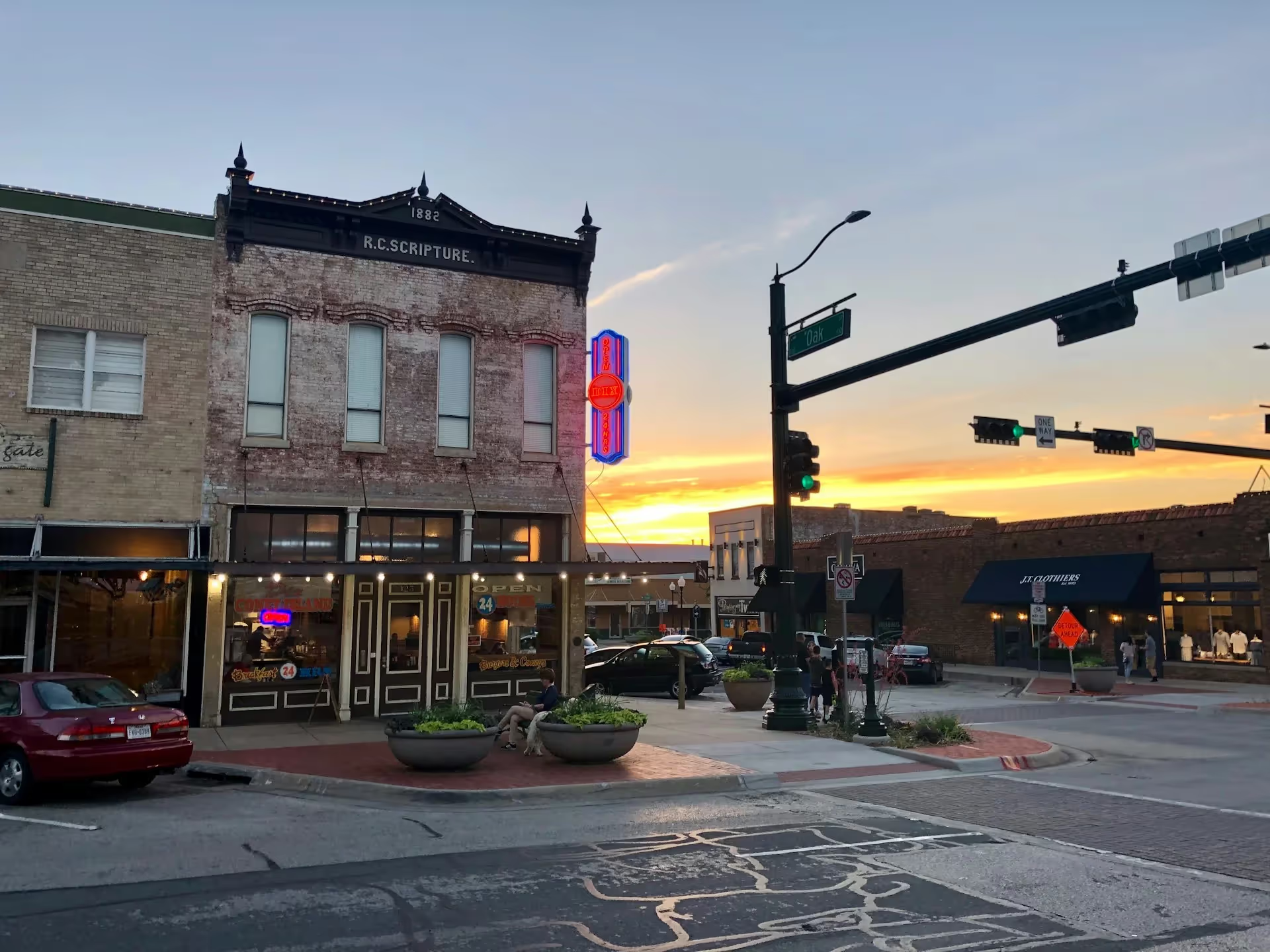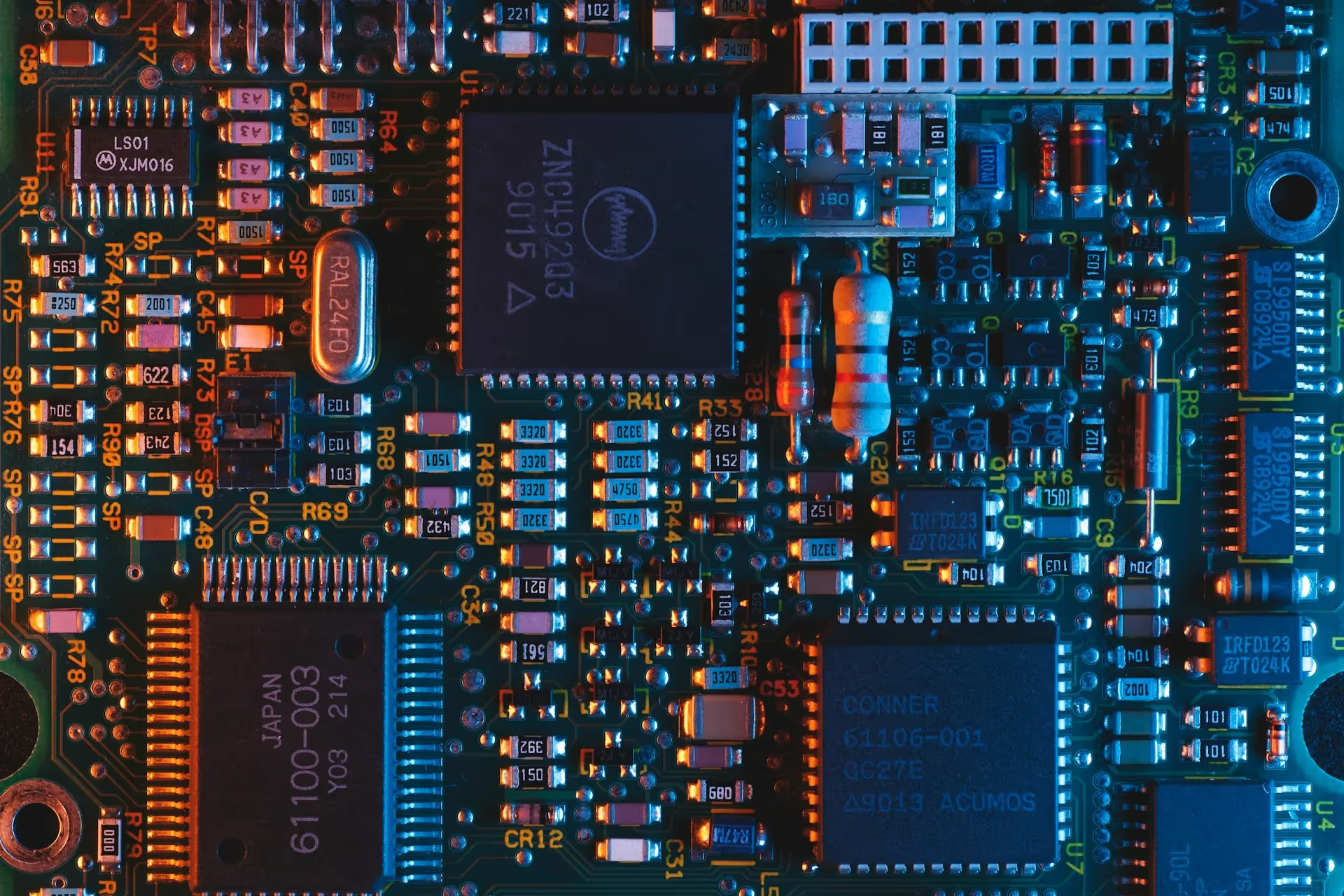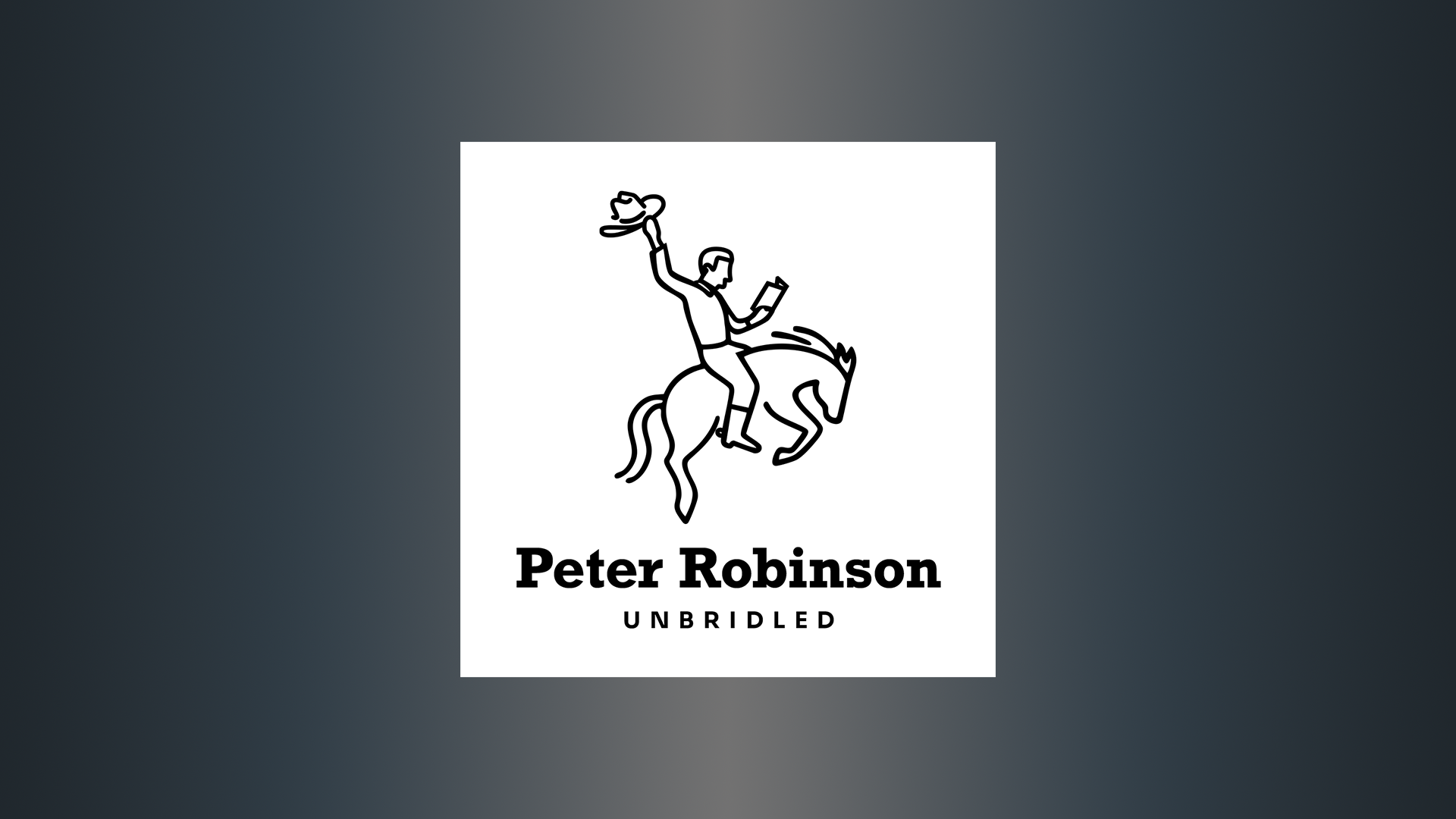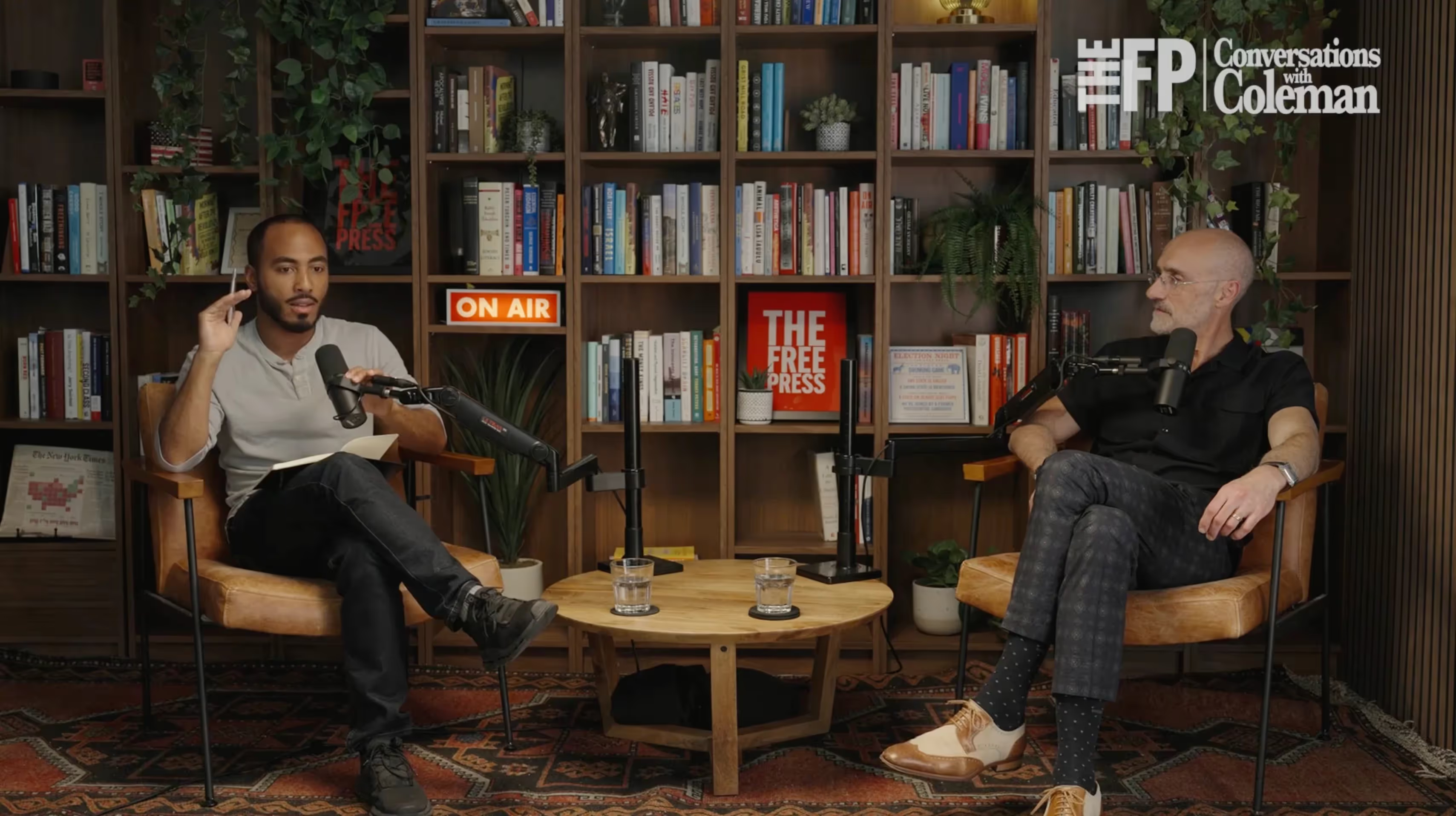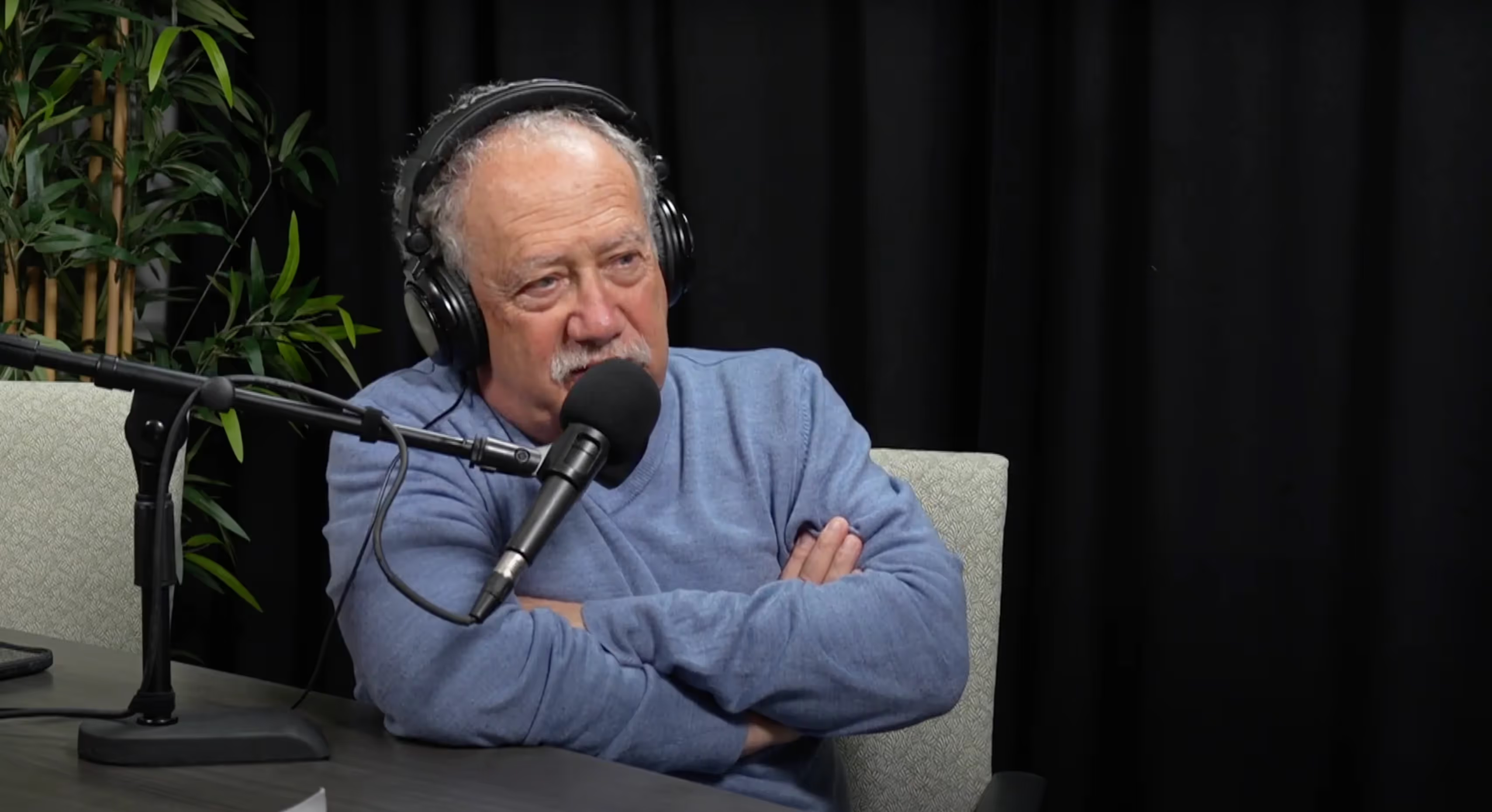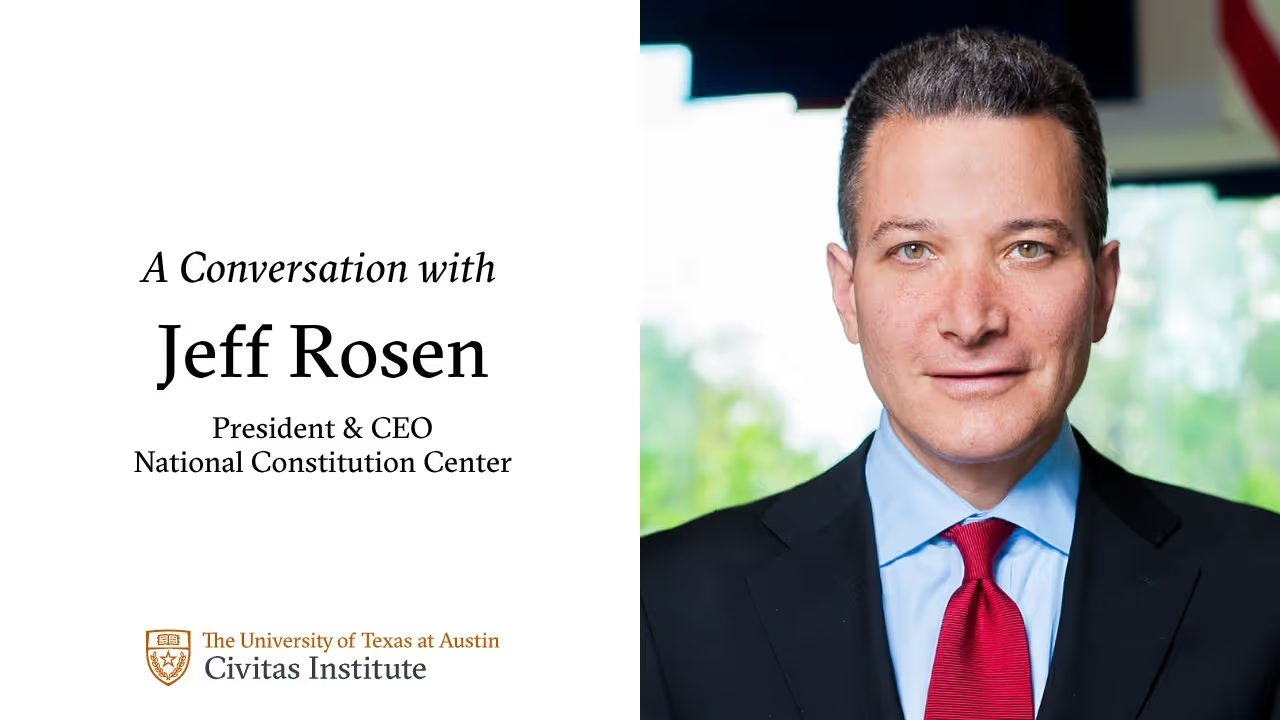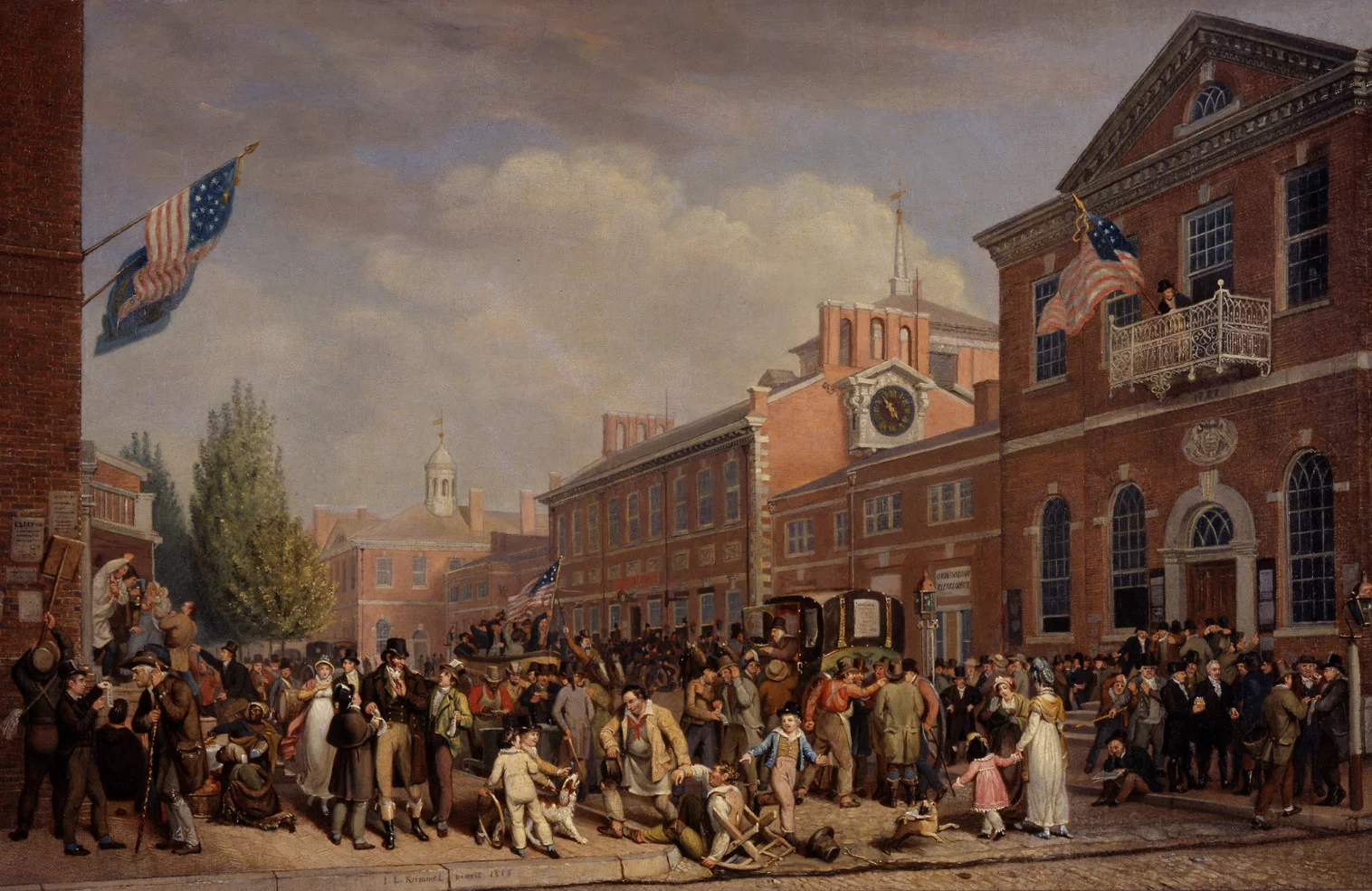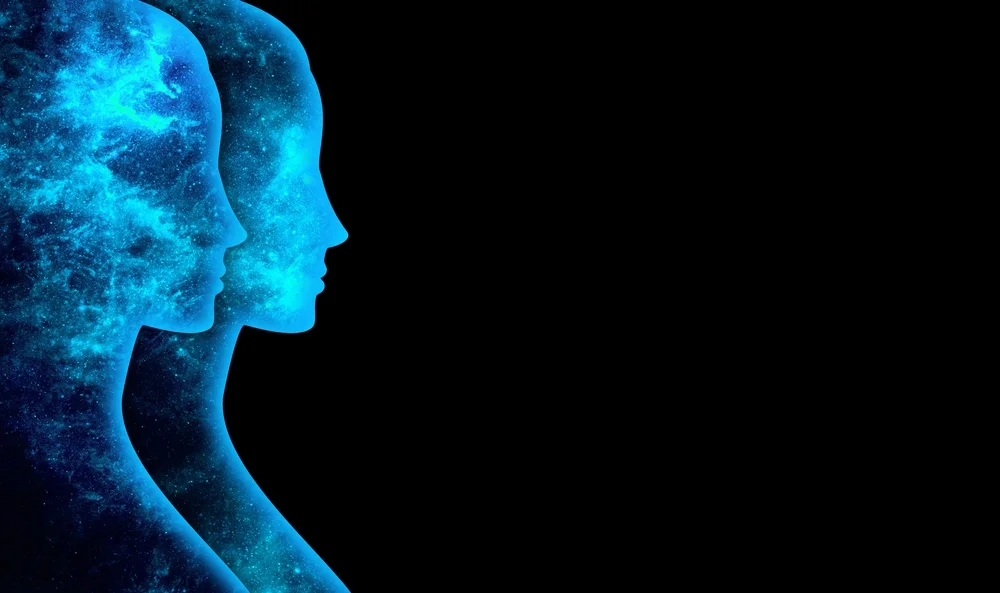
Bodies, Selves, and the Quest for Identity
If body and mind are a composite whole, the disfiguration of one will only further alienate us from the other.
More than any previous era, the twenty-first century has been marked by intense debates over bodies, particularly human ones. Some fall into the realm of medical ethics, as older debates about abortion and contraceptives give way to more exotic questions, with new transhumanist possibilities flying towards us at warp speed. However, the most combustible issues of the present moment lie at the intersection of the flesh and identity politics. As an inclusion-obsessed society, we find it very difficult to make sense of the reality that people are born into very different bodies, with those differences having a meaningful impact on both potentialities (what people can do), and their social identity (how others perceive them). A host of confusing questions flow from this. Must we accept the body as normative in some way, and if so, what is its real significance? What does my physiology say about who I am?
Raging culture wars don’t always provide the optimal setting for untangling hard questions. The transgender issue has given rise to a host of activists working aggressively to marginalize or silence anyone who disagrees with their premises (which, unfortunately for them, includes most people). At the same time, the right finds a puckish glee in reducing interlocutors to sputtering silence with the question “What is a woman?” It’s admittedly fun to see a well-executed Socratic elenchus, and it should also be said in fairness that our modern-day gadflies usually can answer their own question at least with a serviceable biological definition, adequate to enable most people to choose the appropriate restroom or basketball team. Is that enough, though? Questions about manners, social roles, or the lived significance of manhood or womanhood cannot be satisfactorily answered by a physiology textbook. An analysis of chromosomes cannot teach us what it means to live in a body, nor explain why so many young people today feel deeply alienated from the one that they have.
This is where Angela Franks, a theologian at the Catholic University of America, can be of service. Her new book, Body and Identity: A History of the Empty Self, explores the significance of the body from a philosophical perspective, offering a framework for understanding the modern disconnect between body and self, and grounding it in an intellectual history that illuminates the deeper implications of present debates. It’s a remarkable book, which belongs on the shelf next to identity-interested thinkers like Charles Taylor or Carl Trueman. Indeed, Franks may be the most helpful of the three in making sense of present controversies, precisely because she approaches the topic of identity through the lens of the body, which truly seems to be an enigma to modern man.
Modern society, Franks tells us, struggles with the problem of “the liquid body and the empty self.” The two are connected and mark the contours of Franks’ conceptual framework. Metaphysically, Franks is a hylomorphic thinker who sees the body, “bringing the invisible reality of the person into visibility.” In this Aristotelian mode of thinking, the soul is understood to be the form of the body. Thus, your body is you in a very real sense, but human beings are also much more than just flesh. We are embodied souls, an organic composite of mind and matter.
Hylomorphism was foundational to Jewish and Christian metaphysics for centuries, and it’s able to address mind-body questions in ways that are both intuitive and humane. But it depends on a robust view of the person as something enduring and infinitely precious, an immensely significant reality to which the body can give physical form. What happens, then, if one lacks an interior sense of self? In that case, the body likewise becomes an enigma, like a mysterious rune from an alien language. It’s deeply distressing, obviously, to try to live without any fundamental understanding of ourselves. So modern people tend to relieve that tension by using the body as a palette for self-creation. By altering our physical shape or appearance, we believe we can transform ourselves into whoever we want to be.
This strategy is all too familiar. If I don’t know who I am, I can go to a shopping mall and find a wide range of personae “on offer” in the form of clothes or accessories. Put on the satin dress or the cowboy boots and become a new person! If those results aren’t satisfactory, there are creams and lotions, gyms, diets, and an ever-expanding range of surgeries and procedures. To be clear, looking nice or getting fit is not always or necessarily, a sign of interior emptiness. The human body is amazing, and it’s not wrong to appreciate its true excellences. Still, a society inclined towards shallowness and narcissism does easily turn the body into (in Franks’ language) a “totem” for the empty self. A morally underdeveloped person can become an expert at projecting constructed personae, concealing empty or base motives beneath a physical façade. The “liquid body” thus becomes the natural corollary to the empty self.
Franks’ discussion of this kind of cultural narcissism intriguingly pairs two thinkers not often found in the same argument: Christopher Lasch and Betty Friedan. Lasch, surveying late-twentieth-century American society, famously diagnosed a “culture of narcissism,” which encouraged citizens to fill meaning gaps in their lives through consumption and therapeutic self-absorption. He saw virtue, hard work, and real human intimacy being replaced by bureaucracy, instant gratification, and empty self-expression. The burgeoning health and fitness industry, in Lasch’s view, was another symptom of this narcissistic culture, a point harmonious with Frank’s concerns about the “liquid body.”
Though Lasch’s relevance will be evident to most conservative readers, Franks may surprise them by arguing that Friedan, writing fifteen years earlier, aired relevantly similar concerns in The Feminine Mystique. Conservatives tend to think of Friedan as an entitled whiner who sorely underappreciated the value of domestic labor. Franks doesn’t necessarily disagree, but she does find in Friedan a recognition of how an idealized or memeified role (in this case, the role of the homemaker, the idealized “angel of the house”) could be inimical to the development of a healthy interior self. It’s an arresting example precisely because it is, to the conservative mind at least, counterintuitive.
At once effusively praised and painfully caricatured, mid-century housewives were expected to create an identity for themselves and their families through brand choices, fashion, and the mere fact of filling a set role. (Single-breadwinner families were culturally valued, and it was a sign of middle-class respectability to have a wife and mother in the home.) Although the home is often idealized as a refuge from a weary, superficial world, it can also be the place where commodification and commercialization are felt most keenly, and where meaning gaps are most painful.
The homemaker feels tasked with creating a place of peace and love out of polyester and instant pudding mixes; the loss of interiority is especially apparent in the very places where it ought to be. It’s important, too, that this set role is a sex role, e.g, one for which a sexed body is highly relevant. She knows, as she packs lunches or runs the vacuum, that her primary qualification for those tasks is being female; it’s a short step from there to the conclusion that she is “seen” mainly in her physicality. An interior self is neither needed nor particularly encouraged. This is one way of understanding Friedan’s “problem that has no name.”
Friedan certainly made mistakes. She erred, Franks notes, in seeing the kitchen as the locus of the problem, and careers as a magic-bullet solution, as though a cubicle were the high road to meaning and authenticity. In this way, she replaced “a feminine mystique with a feminist mystique.” Her work has also aged badly, since today it would seem quite absurd to contend that excessive valuing of housewifery is a major social problem. However, there are perhaps understandable reasons why concerns parallel to Lasch’s emerge much earlier in a writer fixated on domesticity and the roles of women. As antiquity’s more-substantial understanding of human nature is lost, modern people scramble to manufacture meaning however they can, which in turn opens a temptation to place significant weight on the body as a major source of meaning.
Unfortunately, bodies can’t sustain that cultural or spiritual weight without the backing of a morally mature self. There is still a deep meaning deficit, which may make itself felt in Friedan’s embittered housewives, or Lasch’s cultural narcissism, or young people who furiously reject their sexed bodies by insisting that some mysterious twist of circumstance has trapped them in the wrong one.
The first three chapters of Body and Identity explore the problem of liquid bodies and empty selves, examining both twentieth century thinkers (Michel Foucault, Judith Butler, Gilles Deleuze) and more recent articulators of gender ideology (such as Andrea Long Chu). Four more chapters are devoted to a broad-reaching intellectual history of the self. This begins in antiquity and shows how Christological and Trinitarian debates were crucial to developing the Western understanding of “personhood,” building on (especially) Greek foundations.
The medievals, especially St. Thomas Aquinas, developed this further, but the early modern era marked a new chapter in the Western exploration of the self, as the moderns self-consciously embarked on a quest to build something autonomous, untethered from the transcendent commitments of earlier eras. A fun chapter on “empty selves in literature” considers the significance of zombies, vampires, hollow men, and C.S. Lewis’ book-length parable, Till We Have Faces. Finally, a chapter on modern secularism discusses Hegel and Deleuze, as well as the efforts of social scientists to find an adequate basis for a continuous self.
There is far more in this rich and nuanced discussion than can be captured in a brief review, but a few points are worth noting, nonetheless.
First, it’s essential to understand that the struggle to make sense of body and self is not a uniquely modern problem. Anti-modern critics often write as though identity-related pathologies are the evil fruit of a purely modern invention, this mischievous thing called “self.” To pre-modern people, it would seem, their identity was self-evident. One would think, with their professed love of antiquity and tradition, that these critics would be familiar with the inscription on the Oracle at Delphi, and with Jesus’ reminder in the Gospels that it would not profit a man “to gain the whole world and lose his own soul (Mark 8:36).” The moderns made some serious errors, but they were grappling with hard questions that have troubled human beings for millennia.
They also had reasons for rejecting the paradigms of earlier eras, even if those reasons were inadequate. Indeed, Franks argues that the “liquification” of older and stabler sources of identity (family, tribe, nation) were originally found, not in Descartes or Freud, but in the Judeo-Christian tradition. The notion that God sees and values human beings in our uniqueness, and has designs and tasks for us as individuals, comes from the Bible, not the Meditations. That elevated view of human persons had, from the beginning, great potential to destabilize settled societies. It took some time for the more bracing consequences to be realized, but we should not allow ourselves the comfort of supposing that today’s social problems spring solely from modernity’s obtuse refusal to accept the full adequacy of an older view. Not everything can be blamed on William of Ockham.
Modern errors may have deep roots in the Judeo-Chrisitan tradition, but Franks believes that satisfactory remedies can be found in the same source. Her final chapter, "Philosophy’s Displaced Subject," urges contemporary thinkers to return to the transcendent sources of meaning and wisdom that the moderns foolishly abandoned, using them to formulate more adequate answers to today’s identity problems. Some of the questions being debated today are, in fact, rather good as questions, but the popular answers are mostly bad. We can’t fill the void in the modern soul by distorting or disguising the shape of the body. If body and mind are a composite whole, the disfiguration of one will only further alienate us from the other. As the Oracle warned, the path to wisdom begins with the sincere effort to “Know Thyself.”
For those who genuinely wish to walk that path, it helps to have a realistic appraisal of the challenges. To that end, Franks’ Body and Identity is a work of considerable value.
Rachel Lu is an associate editor at Law & Liberty and a contributor at National Review and America magazine.
Pursuit of Happiness
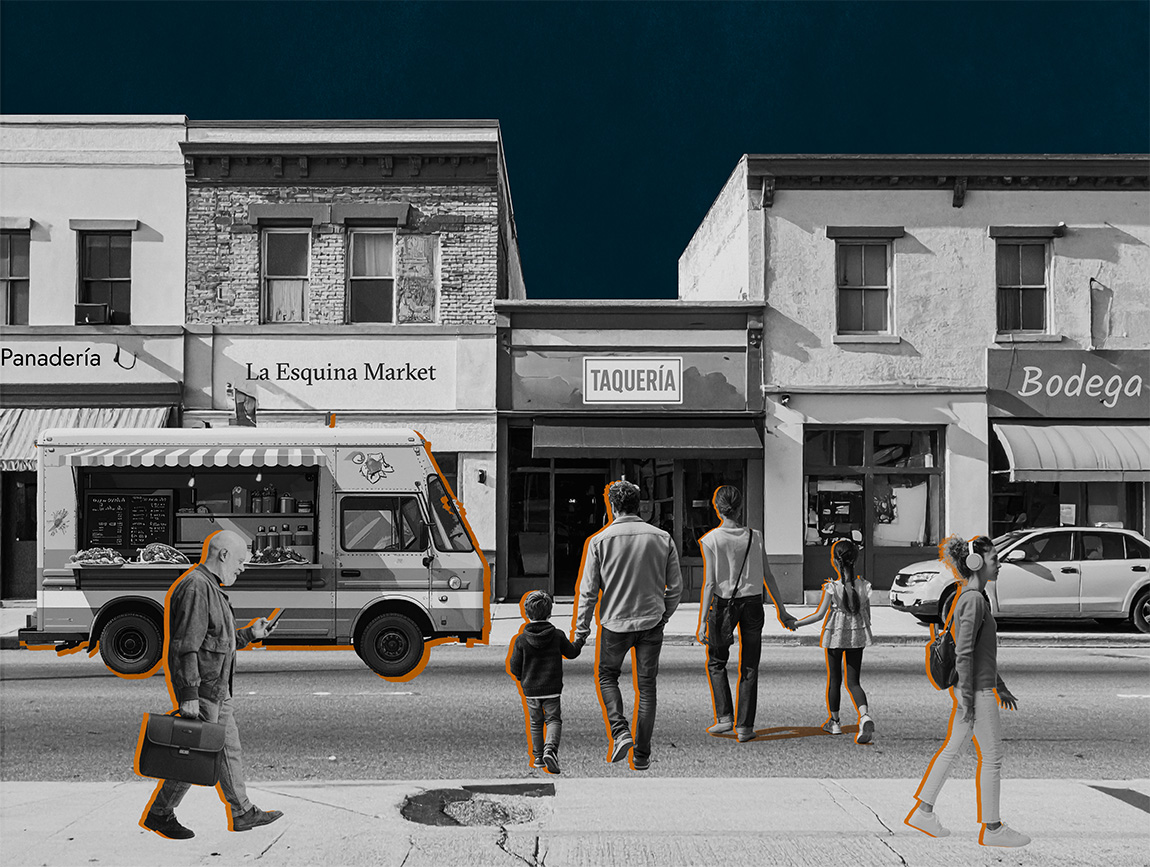
The Rise of Latino America
In The Rise of Latino America, Hernandez & Kotkin argue that Latinos, who are projected to become America’s largest ethnic group, are a dynamic force shaping the nation’s demographic, economic, and cultural future. Far from being a marginalized group defined by oppression, Latinos are integral to America’s story. They drive economic growth, cultural evolution, and workforce vitality. Challenges, however, including poverty, educational disparities, and restrictive policies, threaten their upward mobility. Policymakers who wish to harness Latino potential to ensure national prosperity and resilience should adopt policies that prioritize affordability, safety, and economic opportunity over ideological constraints.

Exodus: Affordability Crisis Sends Americans Packing From Big Cities
The first in a two-part series about the Great Dispersion of Americans across the country.
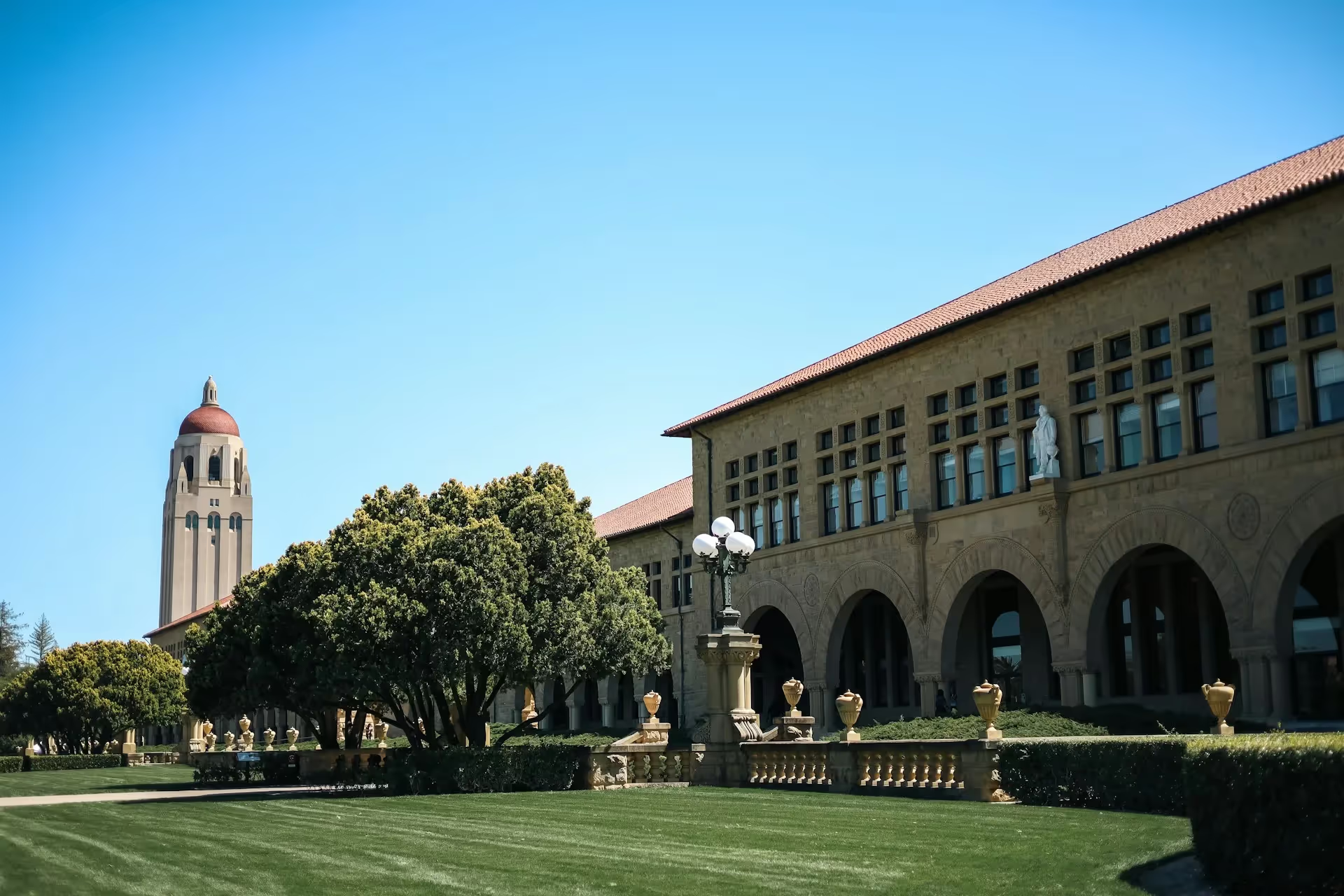
Stanford’s Graduate Student Union Tries to Stifle Dissent
The university may fire me because I won’t pay dues to a labor organization whose views I find repugnant.

Ken Burns' Egregious Omission
Ken Burns doesn’t smear the Founders, but he egregiously omits the courage and tireless work it took not only to declare independence, but to fight for it.

A National Day of Gratitude
Washington’s Proclamation expressed hope that God would “render our national government a blessing to all the people, by constantly being a Government of wise, just, and constitutional laws, discreetly and faithfully executed and obeyed…”


